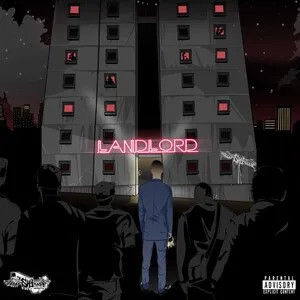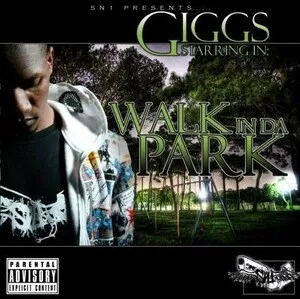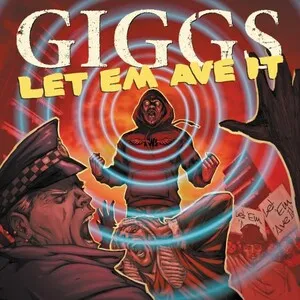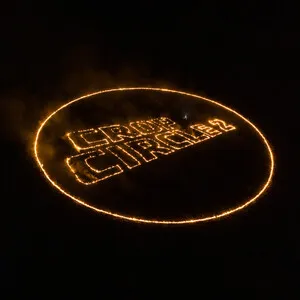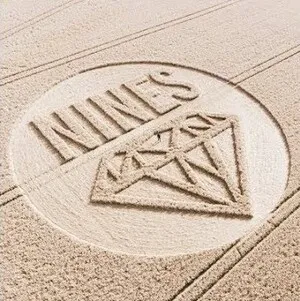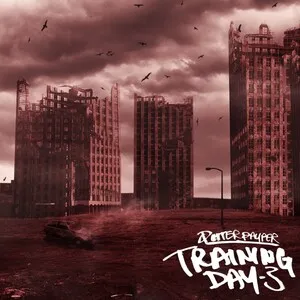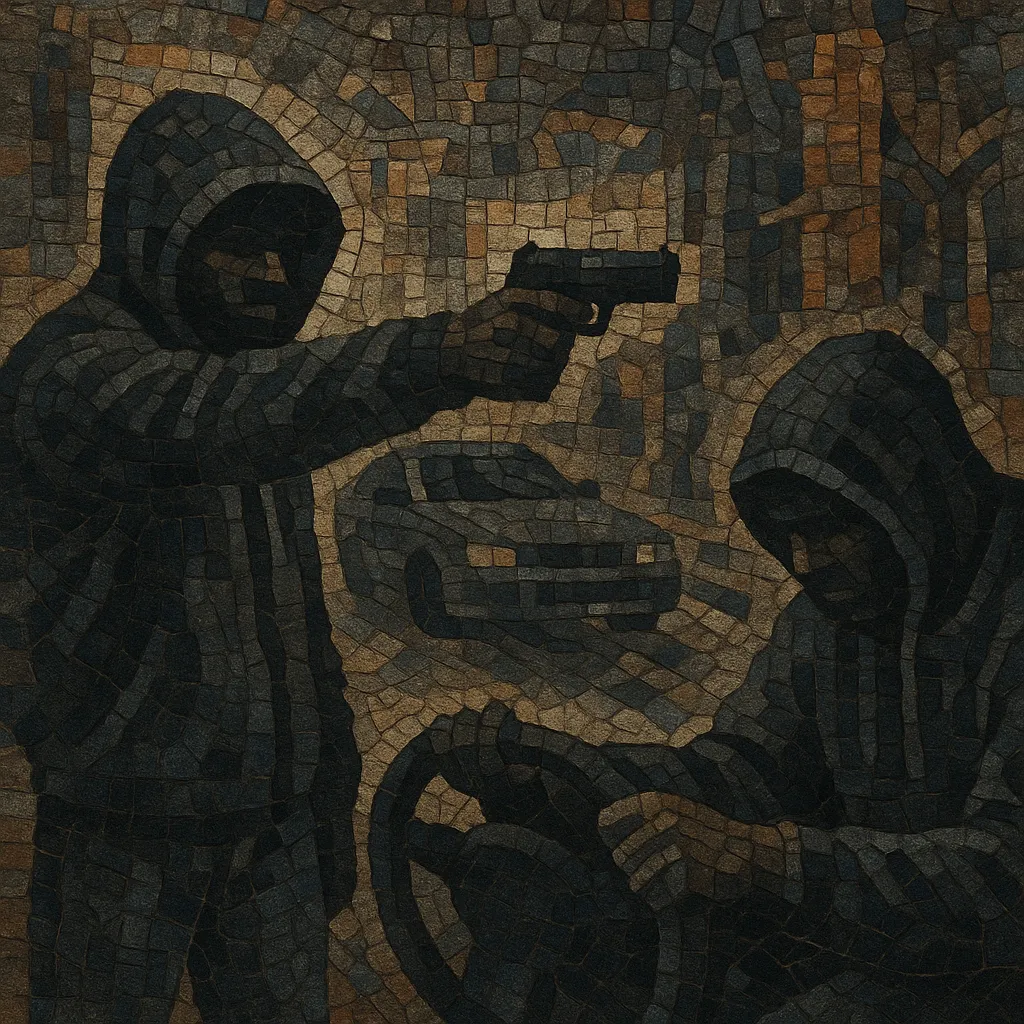
Road rap is a UK-born strand of street-oriented hip hop that emerged in the late 2000s as an alternative to the faster, electronic grit of grime.
Built on sparse, moody, trap-leaning beats, it prioritizes low-end weight, half-time swing, and cold, cinematic textures. Lyrically it is intensely narrative and grounded in the realities of the British "road" experience—hustle, survival, loyalty, consequences—delivered with a measured, deadpan menace rather than flamboyance.
Where grime often sprints at 140 BPM with angular synths and clash-ready energy, road rap slows the pulse, letting stark storytelling sit up front. It became the dominant template for UK street mixtape culture in the late 2000s and early 2010s and laid much of the groundwork for the rise of UK drill.
Road rap coalesced in London as MCs and crews sought a style that reflected day-to-day street realities with slower, heavier, more American trap-influenced production than grime. The breakout moment is widely associated with Giggs and the SN1 movement—especially the 2007 street anthem "Talking da Hardest"—which showcased a laconic, gravelly delivery over brooding, minimal beats. DVD channels, pirate/online radio, Channel U, and early YouTube platforms (e.g., SB.TV) amplified the sound and its narratives.
Through prolific mixtapes and freestyle platforms ("Fire in the Booth," online street videos), artists such as Blade Brown, Joe Black, K Koke, Youngs Teflon, and J Spades solidified the sonic and thematic core: cold pianos or pads, 808 bass, rattling hi-hats, and unvarnished storytelling. This period established the difference from grime—less hype-centric, more narrative, slower tempo—and from US gangsta rap by grounding slang, social detail, and pacing in British life.
As the style matured, acts like Krept & Konan, Nines, and Potter Payper translated mixtape momentum into charting projects while preserving the road sensibility. The aesthetic and songwriting approach directly informed the emergence of UK drill: darker minimalism, half-time swing, and stark realism provided a bridge between earlier UK rap and the drill wave that followed.
Road rap became a cornerstone of UK street rap identity. It professionalized independent mixtape culture, normalized brutally candid storytelling in UK rap, and influenced beat selection and vocal delivery for the subsequent UK drill movement, while continuing to thrive alongside it.
Aim for 70–90 BPM with a half-time feel. Use trap drum programming—808 kicks and subs, crisp claps/snares, skittering hi-hats (16th/32nd rolls)—but keep arrangements sparse to leave room for storytelling.
Favor minor keys and moody, cinematic textures: detuned pianos, dark pads, distant choirs, subtle strings, and atmospheric foley. Melodies should be simple and foreboding; tension and space are more important than complexity.
Adopt a measured, low-register delivery with clear diction. Vary cadence between unhurried, menacing statements and tighter double-time pockets for emphasis. Keep ad-libs strategic and minimal to retain the cold, documentary feel.
Write grounded, narrative-driven verses: daily grind, codes of the road, moral ambiguity, loss, and consequence. Use UK street slang authentically, avoid glamorizing without showing stakes, and anchor verses in vivid detail (times, places, decisions, repercussions).
Prioritize sub clarity and kick–bass cohesion (sidechain if needed). Keep mids uncluttered so vocals sit upfront; use short, tight reverbs and controlled delays to maintain intimacy. Master with restrained loudness to preserve dynamics and weight.
Open with a short cold intro (a cappella line, piano motif, or filtered loop), then drop into the full beat. Alternate 16–24 bar verses with concise hooks; employ occasional breakdowns (no drums or bass) to spotlight key lines before returning to the drop.

